MusicRadar Verdict
A superb drum synth for drummers, percussionists and programmers alike…
Pros
- +
Great sounds, extremely simple to program, with a focused, well-thought-out set of controls within an intuitive layout perfectly suited to percussion sound design.
Cons
- -
That pesky single mono output.
MusicRadar's got your back
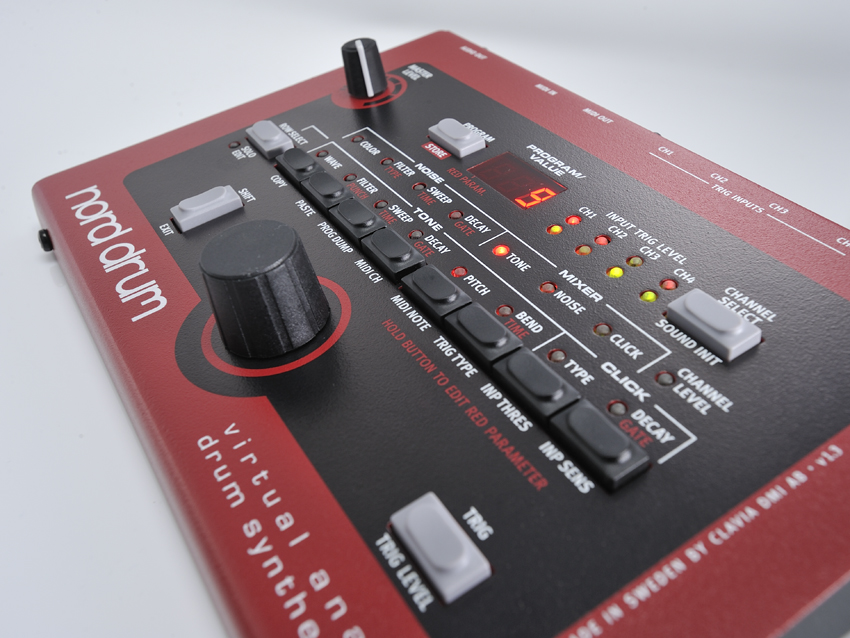
Nord Drum
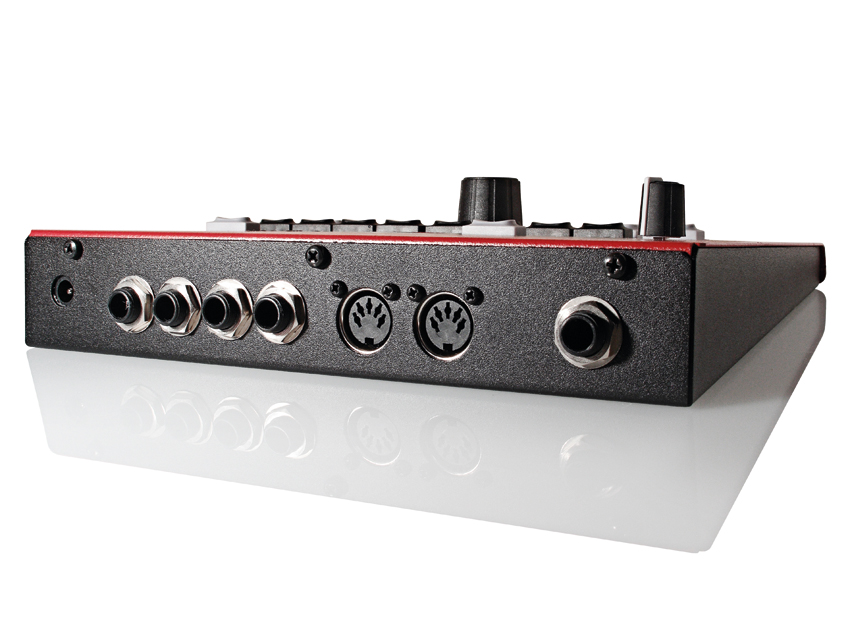
Nord Drum
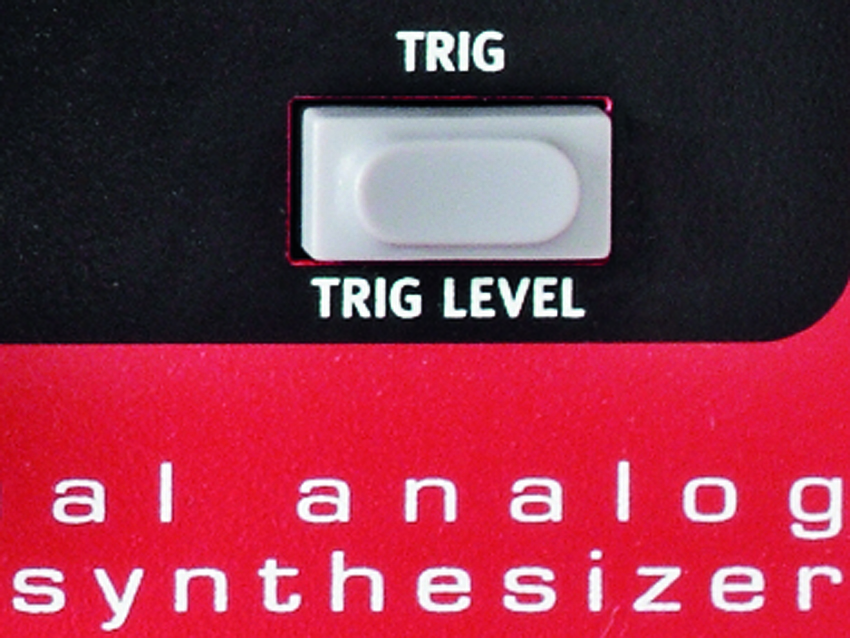
Nord Drum
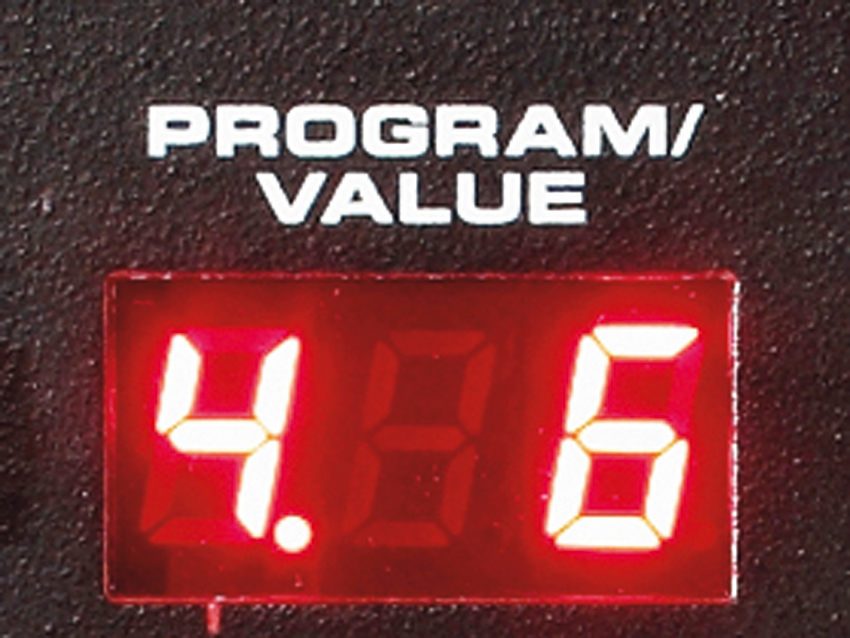
Nord Drum
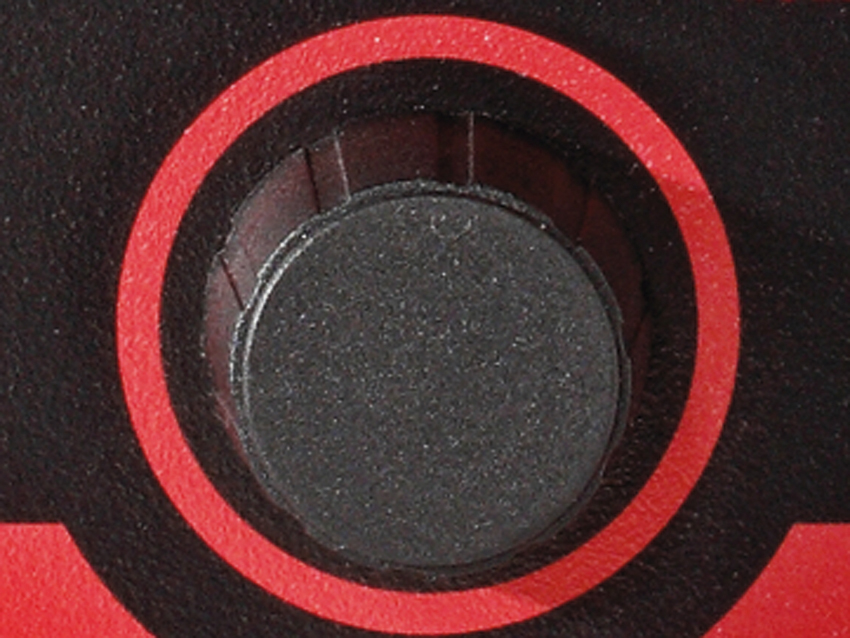
Nord Drum
It would be fair to say that Clavia knows a thing or two about electronic percussion.
Long before the Nord range of synths, pianos, organs and sound modules, the company began life in the late '80s as manufacturers of the ddrum series of kits and triggers. In 2005, however, the brand was sold to Armadillo, and that, as far as percussion was concerned, was that for Clavia. Until now.
"Playing the Nord Drum via a set of pads is a riot, and we can enthusiastically report that it unequivocally qualifies as an 'instrument' in every sense of the word, being responsive, dynamic and expressive."
On the face of it, the Nord Drum couldn't be more straightforward a proposition: a low/mid-priced drum synth with no onboard sequencing. But that's really only part of the story - Clavia is all about playability and performance, and the Nord Drum is aimed primarily at drummers and percussionists (of all ability levels), for live triggering on its own or integrating into an acoustic and/or electronic set-up. Make no mistake, though - this is no 'static' ROM-based drum brain.
First impressions upon taking it out of the box are very positive. It's smaller than you expect, with that characteristic Nord weight and solidity.
A baseplate is included for mounting it on a stand or drum rack, and the wall wart power supply, although as unwelcome as ever, makes sense given the size of the unit. Crucially, hook-up to a set of drum pads or a MIDI interface is a doddle, as is connection to a PA, mixer or audio interface, but we'll come back to that later…
Four-in-one
The Nord Drum is a four-channel virtual analogue synth - in other words, it uses DSP chips and software algorithms to emulate analogue circuitry, without a sample in sight. Rather than being specifically (and sonically) designated 'kick', 'snare' etc, all four channels are identical, so, you can have whatever 'kit' configuration you like - kick, snare, hat and tom; kick, snare and two toms; four toms; two congas, a bell and a cymbal… it's up to you.
Editing is old-school, done using a row of satisfyingly clicky buttons, a single dial and a three-character LED; but even young 'uns raised on a post-Millennial diet of slick software GUIs will find themselves flying around Clavia's efficient and intuitive layout after a few minutes of use.
Want all the hottest music and gear news, reviews, deals, features and more, direct to your inbox? Sign up here.
Each channel, then, is a complete synth in its own right, comprising three separate oscillators - Click, Noise and Tone - that are balanced in the final Mixer section.
The Click oscillator generates the transient at the start of the sound, and offers three different sets of waveforms (noise, noise mixed with pitched tone, and pitched tone) for use as starting points - your choice here has a big impact on the overall sound. Click decay length and envelope are adjustable, the latter having three shapes: a gradual slope, a soft knee slope and a hard gate.
The Noise generator features the same Decay/Gate control as the Click oscillator, but with a much greater maximum length, as well as a low-pass filter featuring seven different resonance settings and a simple velocity-sensitive envelope. This is used to provide 'tish', 'psst', 'voosh' and, er, 'snare', and the Color setting gives it a good range of foundation timbres (in the noise-based sense of the word!), emphasising and attenuating different frequencies in the noise spectrum.
The Tone section is where the body of the sound is brewed up, and it starts with a sizeable selection of waveforms: three simple analogue shapes (sine, saw and square) and 14 'harmonically complex' ones. All of the waves have been tonally designed with pitched and unpitched percussion in mind -the complex ones all sound very similar if you just scroll through them at their default settings, but once you get editing, the profound differences between them become apparent.
Being synthesised, these waves are open to manipulation in ways that samples just aren't, facilitated by a bank of parameter controls that offer a high level of flexibility while keeping the focus very much on the percussive.
The Tone oscillator's pitch ranges from B-1 to D7 in quarter-tone steps, and velocity-sensitive pitchbend with variable range and time can be dialled in, applying quick drop-off to 'realistic' drum sounds and longer pitch dives to syntoms, for example. A low-pass filter is in place (strange that there's no high-pass, but we can't say we found ourselves desperately needing one at any point), along with a Punch control (adding a bit of velocity-controlled attack transient to the Tone) and an adjustable velocity-sensitive envelope.
Finally, the same combined Decay/Gate control found in the Noise sections appears again here, and yes, you can easily push the pitch and decay down/up into ass-quaking sub-bass range.
Stuck in the MIDI
The Nord Drum's MIDI spec is very basic. It receives four notes on one channel, all of which can be set to the values of your choice, either manually or through MIDI learn.
Velocity is of course understood by the synth, but that's it as far as MIDI CCs go -not even pitch bend
or mod wheel input have any effect, so you can forget any sort of parameter automation from your DAW. Still, at least Program Change messages can be received.
With only 19 empty memory locations (although the factory presets can be overwritten), it's a good job the Nord Drum can dump (via its MIDI Out port) and receive SysEx data. It's a bit of a shame there's no Mac/PC editing software, but we wouldn't be surprised to see this appear at some point.
Trigger time
Clavia is making a lot of noise about how easy it is to trigger the Nord Drum for live performance - and rightly so, as it is indeed supremely straightforward. Alongside the MIDI In socket are four 1/4-inch inputs for connecting electronic pads (mesh or rubber) and/or acoustic drum triggers, each jack hardwired to its own synth channel.
And that's pretty much all there is to it: simply plug your pads in and play! If the response isn't quite how you want it, adjust the sensitivity and/or dynamic response curve; and if cross-triggering's an issue, tweak the response threshold until it stops.
We tested the Nord Drum with the kick, snare and two toms from a Roland TD3K kit, and found it to be every bit as responsive as the TD3 brain they were used to dealing with. Triggered via MIDI using the same pads through the TD3, the results were identical, of course, but the convenience of being able to jack pads and triggers straight into a synthesiser is hugely appealing and effective.
Finally, MIDI and both types of trigger input can be combined, so you could, for example, reinforce an acoustic kick drum, trigger a snare and hats from a pair of pads, and sequence a percussion sound from your DAW, all at the same time.
Pad world
Playing the Nord Drum via a set of pads is a riot, and we can enthusiastically report that it unequivocally qualifies as an 'instrument' in every sense of the word, being responsive, dynamic and expressive. The range of sounds it can produce is quite amazing, from the authentically analogue to the surprisingly 'acoustic', the bangin' to the delicate, and the stridently industrial to the lavishly organic.
The 99 presets kits are largely excellent in their own right, and also serve as great jumping off points for your own patches - and with programming being so quick and easy, tweaking them onstage shouldn't be too risky.
For acoustic drum reinforcement (particularly the kick drum), the Nord Drum could be the perfectly portable triggering solution that many drummers are looking for. We can think of no easier, cheaper way to add sub-bass, white noise and full-on analogue layers to a trigger-equipped acoustic kit than this.
In the studio, the Nord isn't quite so groundbreaking, of course, particularly given the stiff competition it faces from software instruments such as Sonic Charge MicroTonic and Audio Damage Tattoo. Nevertheless, its awesome sound and hands-on tweakability keep it confidently in the fight, and we'd urge any dance, urban or electronica producer looking for quality analogue percussion to take it for a test drive.
One for the money
So, in terms of playability, programmability, triggering flexibility and sound, the Nord Drum is a resounding success. It really is.
There are a couple of problems, though, that, while not show stoppers, might cause some to think twice about investing in it. The first is that four channels aren't really enough.
We appreciate that this isn't meant to be a drum brain, per se, but a couple more channels would make a huge difference in terms of completion: kick, snare, closed hat, open hat and two toms, say, or kick, snare, hat, two toms and a crash cymbal. As it is, while you could do a gig using the Nord Drum entirely on its own as a 'drum kit', you'd have to be very clever in your patch programming and rather minimalist in performance terms - it does always feel like there's a sound or two missing.
On the other hand, though, for supplementary percussion purposes, four simultaneous sounds feels like just the right amount.
The second issue is going to drive live sound engineers ker-razy. The Nord Drum has one output. And that's literally 'one' - as in, a single mono jack.
Taking its groovy, laid-back, just-plug-into-the-PA-and-get-busy ethos fully onboard, we've given a lot of thought to how much this bothers us and come to the conclusion that it bothers us quite a bit. It's ridiculous, frankly.
We're not even after the full four outputs - just a pan-able stereo pair, so that you can at least pull the kick or snare out of a mono mix for EQ, reverb or whatever, or put those cosmic percussion sounds on a stereo stage. Seriously, Clavia, how much would it have pushed the price up to make this thing stereo? We can happily accept the lack of high- and band-pass filter types and effects, and even the four-sound limit, but this is pushing it.
Still, we guess the upside of this downside is that getting sound out of the Nord Drum into your PA or DAW literally couldn't be easier - one cable and the job's done. It's a busker's dream. In fact, solitary output aside, it's any electronic drummer/percussionist's dream, sounding absolutely fantastic and making triggered drum synthesis easier than ever before.
A music and technology journalist of over 30 years professional experience, Ronan Macdonald began his career on UK drummer’s bible, Rhythm, before moving to the world’s leading music software magazine, Computer Music, of which he was editor for over a decade. He’s also written for many other titles, including Future Music, Guitarist, The Mix, Hip-Hop Connection and Mac Format; written and edited several books, including the first edition of Billboard’s Home Recording Handbook and Mixing For Computer Musicians; and worked as an editorial consultant and media producer for a broad range of music technology companies.
